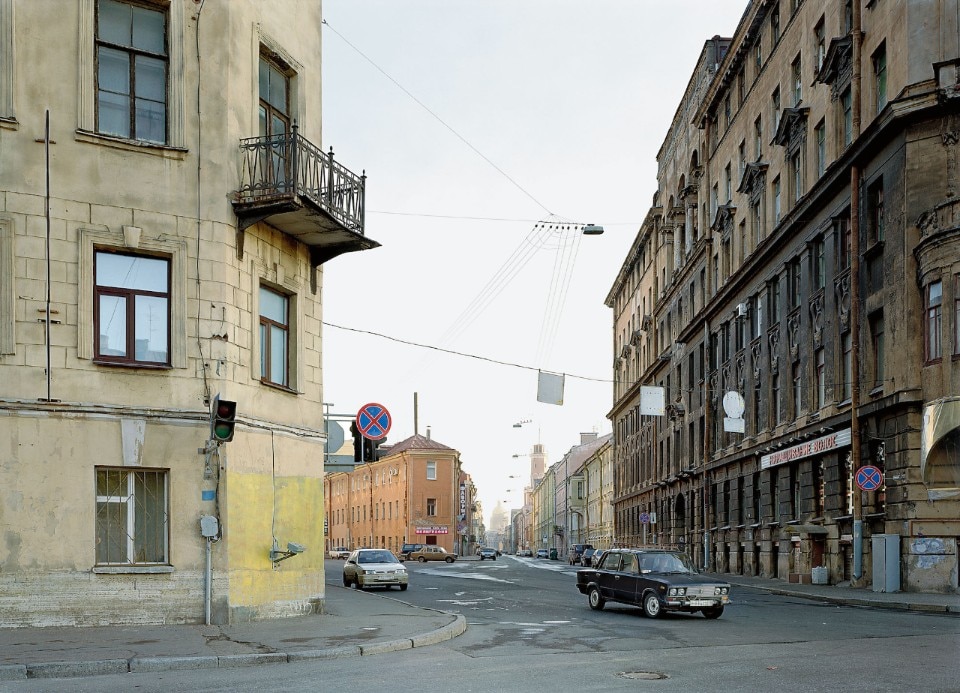This article was originally published in Domus 1049, September 2020.
The history of the city is the history of civilisation. It is our greatest invention, a physical celebration of our imagination and ingenuity, and a record of continuous attempts to reconcile our mercantile and social instincts. Cities have become fundamental to our economy, creating great centres of opportunity, innovation and wealth generation. In return, the city has demanded of us that we find ways of living and working together in proximity, developing the principles of civic and private life, and creating physical environments conducive to both public interaction and personal comfort. This history has given us moments of great built creativity both in urban planning and in the architecture of which it is made. It has supplied images and forms that help us to define the elusive quality that compensates for our loss of privacy and independence with the stimulus of being part of something together, something that allows us to share in space and time, something we define as urbanity.
Our ideas of the city are substantially challenged by the way cities have developed over the last 50 years. The conventional city, defined by physical limits, has been distended by continuous growth, presenting more complex challenges related to scale. Given the dimension of these challenges, we need new strategies for dealing with them. It is difficult to reconcile our ideas of urbanity while this territory can no longer be contained within conventional disciplinary divisions of urban design or planning. The issues of contemporary urbanism result from the interactions between spectacular forces of migration, social inequality and global markets, as well as new information technologies. They are the frontline of the wider social and environmental challenges of our times.
While some cities in the world are sprawling out of control, often through informal housing and illegal developments, in others we find traditional city centres being sterilised into entertainment centres, dominated by tourism and consumption. Everywhere we see the fortunate isolating themselves in ghettos of privilege, while neighbouring areas fall into deeper poverty. Large proportions of the city populations are living in provisional accommodation, excluding them from the typical merits of urban living. The city is being shaped in a way that reinforces these inequalities, exaggerating conditions of disadvantage and sabotaging its own potential as a social condenser.
At the same time, the catastrophic environmental impact of our city forms and the way we live in them is finally being recognised. Their status as a generator of wealth, opportunity and innovation must be considered in relation to the unacceptable environmental and social conditions that they produce. Although these issues can be confronted in the way we construct buildings and, more fundamentally, in the way we plan our cities, we seem reticent or unwilling to rise to this challenge. Planning is crucial not only to the shape of the city but also to its efficiency as an ecological system that draws on enormous resources, materials and energy, and depends on extraordinary infrastructures of mobility and services. Surely, then, we must acknowledge the importance and scope of planning by investing in the responsible administrations and mechanisms. There is hopeful evidence of cities already pushing back – as demonstrated in the City Limits feature – against over-development, over-tourism, poor sanitation and limited mobility.
Over the last months we have become more acutely aware of the strengths and weaknesses of our cities. We revalue the street, public space, parks and gardens, and we recognise our dependence on the underappreciated technological and human infrastructure that maintains our systems of transportation, supplies and sanitation. For too many, however, the city is neither a refuge nor a place of opportunity. Through the inconsistencies of gentrification and neglect, of real estate and shelter, the potential for the city to function as a benign physical framework is being undermined. When the idea of the city as something that belongs to everyone is abandoned, then so is the idea of the city itself lost. We need to see the city not as a passive reflection of our predicament, nor as an accumulation and reminder of our past, but as a guide to our shared future. It must be used and built in a way that respects and promotes our ideas of community and diversity in the face of inequality, and that demonstrates an intelligent, flexible approach to the challenges of construction and operation in the face of climate crisis. Moreover, we must see cities as part of the wider territorial context on which they draw, consciously aware of their impact on the land and lives that surround them locally and globally.
As in all issues involving design, the city is a negotiation between the visual, the substantial and the social. We need not abandon our ideas of how the city should look or feel, as this is, after all, our hope for stability and a quotidian quality of life. Yet we can see that this is not delivered by the status quo. We must confront the forces that have eroded the idea of urbanity: escalating, uncontrolled land value; speculation of a laissez-faire economy; the lack of social housing supply; segregation of social groups; the dominance of retail and tourism; and the weakened systems of planning administration and direction. Only by confronting these issues can we create cities that promote the richness of living together and aspire to the real qualities of urbanity.
Opening image: Thomas Struth, naberežnaja Reki Fontanki, St. Petersburg 2005. Inkjet print, 41.9 x 58 cm


